In today’s busy world, cooking large meals often results in leftovers. Properly storing these leftovers is crucial to maintaining their freshness and ensuring they are safe to eat later. This guide provides essential tips on how to preserve leftovers effectively, helping you reduce food waste and keep your meals safe and delicious.
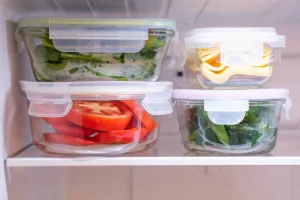
Understanding Food Safety Basics
Food safety is the foundation of preserving leftovers. Bacteria can grow rapidly at temperatures between 40°F and 140°F, known as the “danger zone.” To prevent foodborne illnesses, it is important to store food outside this temperature range.
- Cooling Leftovers Quickly: After cooking, cool leftovers quickly to prevent bacteria growth. Divide large portions into smaller containers to speed up cooling.
- Using the Refrigerator: Store leftovers in the refrigerator if you plan to eat them within a few days. Keep your refrigerator at or below 40°F.
- Freezing Leftovers: For longer storage, freeze leftovers. Make sure your freezer is set at 0°F or lower.
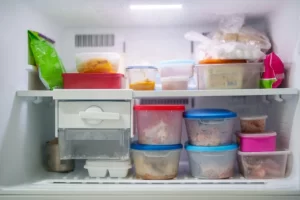
Best Practices for Refrigerating Leftovers
Refrigeration is ideal for short-term storage of leftovers. Here are some key tips to maximize their freshness and safety.
- Proper Containers: Use airtight containers or resealable plastic bags to prevent moisture loss and contamination. Glass or BPA-free plastic containers are excellent choices.
- Labeling and Dating: Always label containers with the name of the food and the date it was stored. This helps you keep track of how long the leftovers have been in the refrigerator.
- Storing at the Right Temperature: Ensure your refrigerator temperature is consistently at or below 40°F. Use a refrigerator thermometer to monitor the temperature.
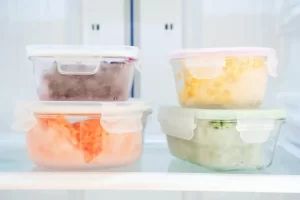
Proper Reheating Techniques
Reheating leftovers correctly is just as important as storing them properly. Follow these tips to ensure your leftovers are safe to eat:
- Using the Microwave: When reheating in the microwave, cover the food to retain moisture and ensure even heating. Stir the food halfway through to avoid cold spots where bacteria can survive.
- Oven Reheating: For oven reheating, place leftovers in an oven-safe dish and cover with foil. Preheat the oven to 350°F and heat until the internal temperature reaches 165°F.
- Stovetop Reheating: For soups, stews, and sauces, reheat on the stovetop over medium heat, stirring frequently until the food reaches a rolling boil.
- Checking Temperature: Use a food thermometer to check that the internal temperature of the reheated food reaches at least 165°F to kill any harmful bacteria.
Properly preserving leftovers not only extends their shelf life but also ensures they are safe to eat. By following these guidelines for cooling, refrigerating, freezing, and reheating leftovers, you can enjoy your meals while minimizing waste and safeguarding your health. Remember, when in doubt, it’s better to err on the side of caution and discard any leftovers that show signs of spoilage. Happy eating and safe storing!
♦ Our Recommended Kitchenware
Airtight Containers: FreshKeeper Cereal Containers Storage Set
Refrigerator Thermometer: AcuRite Digital Wireless Fridge and Freezer Thermometer
Food Thermometer: MixStick 500FT Wireless Meat Thermometer

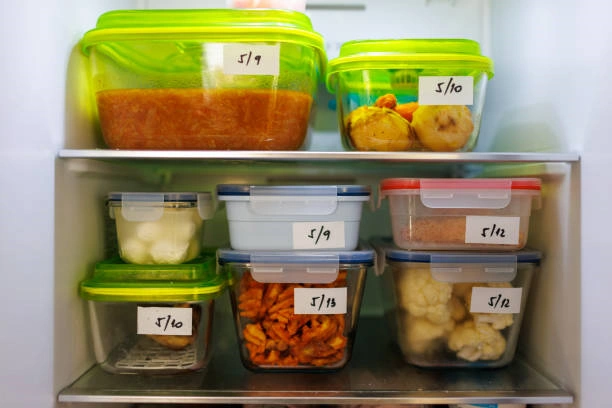
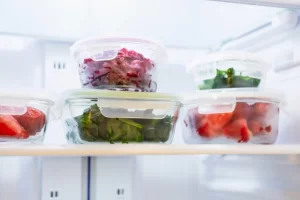

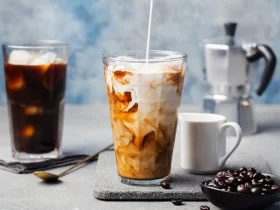
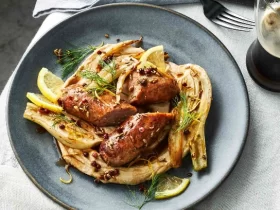
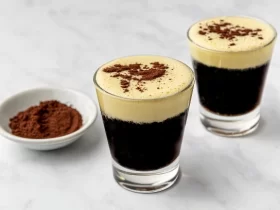
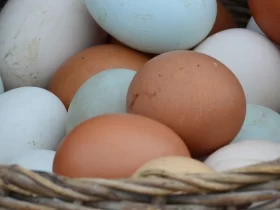
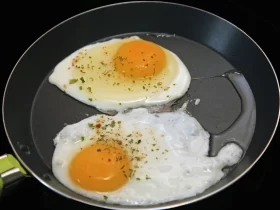
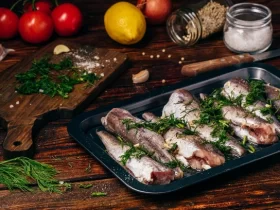
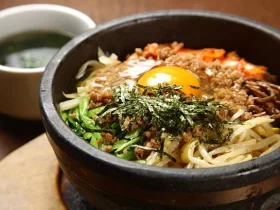
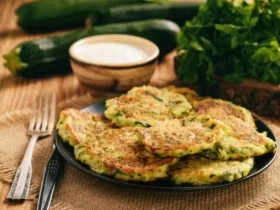
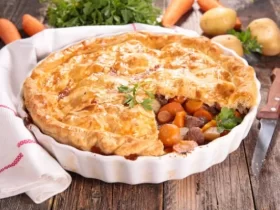


This comprehensive guide on preserving leftovers and food storage is a game-changer for me as a food enthusiast. It’s packed with valuable tips and information that have helped me reduce food waste and keep my meals fresh for longer.”
This guide is a lifesaver! I always struggle with what to do with leftovers, and now I have a comprehensive resource to turn to.
I’ve always struggled with figuring out how long I can safely store different types of food, so this guide was a game-changer for me. The section on recommended storage times for various foods was especially informative, and I feel much more confident in my ability to keep my leftovers fresh and safe to eat. Highly recommend this guide to anyone who wants to make the most of their leftovers!